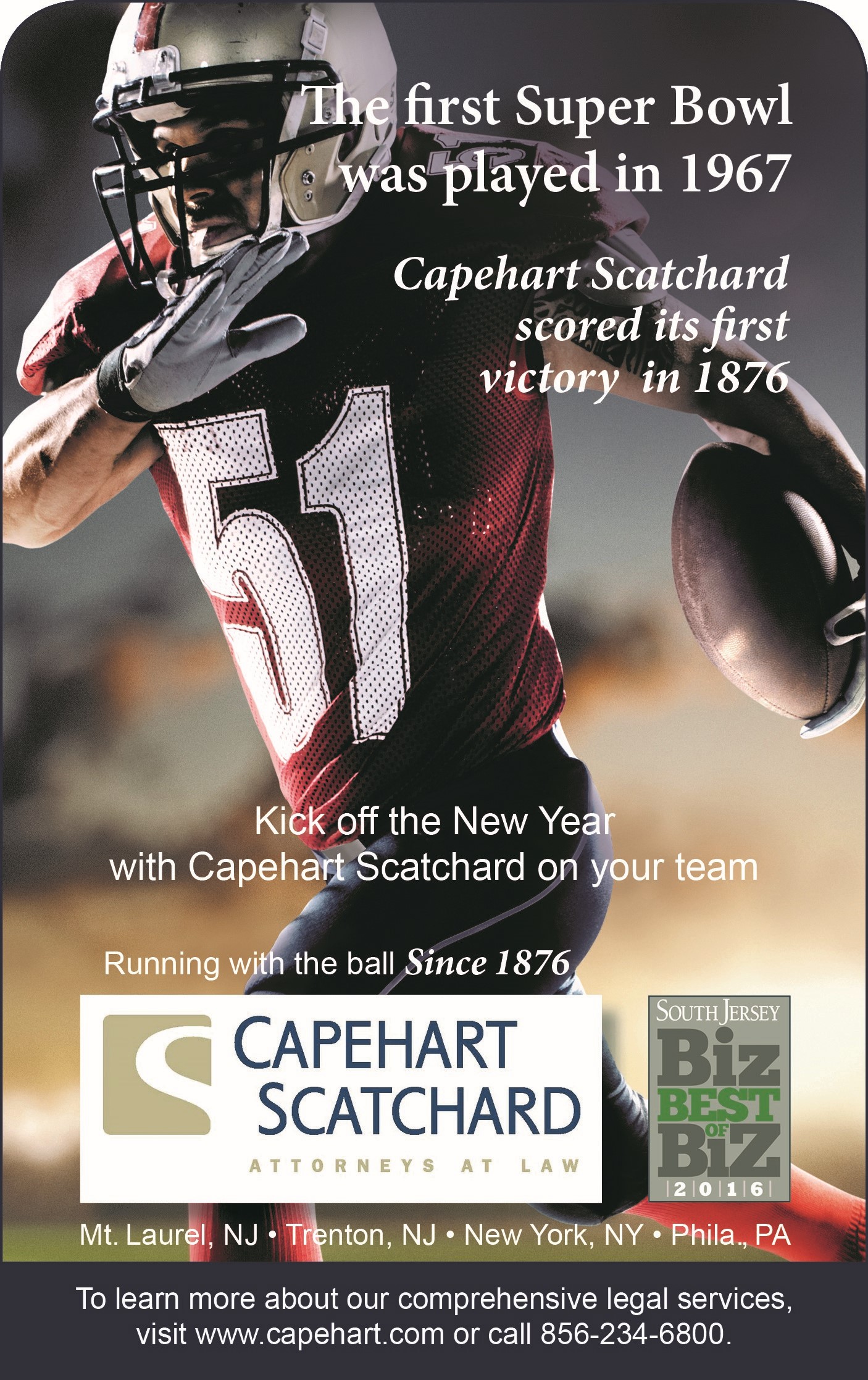Employer’s Knowledge Of Workers’ Compensation Claims History May Constitute Sufficient Evidence That Employer Regarded Employee As Disabled
The plaintiff had suffered two workers’ compensation accidents and returned to work with restrictions which she argued her employer held against her in terminating her employment.
One of the ways that a plaintiff may find coverage under the ADA is to be regarded as having a disability, even if the employee in fact has no disability. In Fieni v. Franciscan Care Center, 2011 U.S. Dist LEXIS 113910 (E.D. Pa 2011), the plaintiff worked with Franciscan Care Center, a long-term care facility, initially as a scheduler and later as a supply coordinator.
Fieni began to have health problems in 2007 shortly after her transfer to supply coordinator. She was injured lifting a box at work and returned with restrictions that required her to transfer to a less physical position. Before the transfer took place, she suffered a second workers’ compensation injury, slipping and falling on a wet floor. She had arthroscopic surgery on her knee.
After her leave, she returned to work, this time as a unit clerk. She received a warning on May 26, 2008 for “poor judgment in ordering supplies” which led to a large shipping charge. Not long after that she was terminated. The company maintained the termination was due to the downsizing to two unit clerks. Fieni had the least seniority and was let go.
Fieni argued that the company fired her because she was disabled or regarded her as having a disability. She contended that she had a condition of brachial plexopathy of the right shoulder and arm, a torn rotator cuff in her left arm, nerve damage in her legs and three bulging discs in her back. She claimed that her conditions limited her ability to lift her grandchildren, perform certain chores, fasten her bra in the normal way, lift residents, pull them with her arm, and ride a bicycle without pain. She also said she had difficulty climbing stairs and walking long distances without pain.
The court did not find plaintiff’s case convincing on the issue of whether she was disabled within the meaning of the ADA. “Although the Court agrees that Plaintiff experiences some limitations in the major life activities of walking and performing manual tasks, the Court is unable to conclude without further evidence, that these limitations are significant enough to meet the statutory definition.”
Nonetheless, the court believed that plaintiff offered enough evidence to survive summary judgment on the question of whether her employer regarded her as having a disability. She said she had engaged in conversations with supervisors about her disabilities. She told one supervisor that she was disabled or handicapped. She further said that she had been told of her transfer to the unit clerk position because her physical condition did not permit her to do heavy lifting, any bending or pushing of residents.
Furthermore, the court considered the knowledge of the company about her workers’ compensation claim status. “The facts that Defendant offered Plaintiff a new position in part to accommodate her physical limitations, and that non-decision maker employees at Franciscan knew of Plaintiff’s limitations based on her filing of workers’ compensation claims or because Plaintiff herself stated that she was handicapped, are not by themselves sufficient to show that Defendant regarded Plaintiff as disabled. But a generous reading of the totality of the available evidence might lead a reasonable factfinder to conclude that relevant decision makers at Franciscan regarded Plaintiff as significantly limited in her ability to walk or perform tasks essential to a number of positions available at Franciscan for an employee with Plaintiff’s education and experience.”
The court also focused on the timeline in this case in relation to the dates of workers’ compensation injuries. “Within a period of less than a year and a half, Plaintiff suffered two workplace injuries; filed workers’ compensation claims and received benefits for at least one of these; took a month of medical leave as a result of surgery; was transferred from the position she had held since 2000 to first one and then a second new position, in part to accommodate her physical limitations; was disciplined several times within her last position . . . and finally, having held this last position for just six months, was terminated based on her ‘lack of seniority’ in that position.”
The case reinforces the point that workers’ compensation claimants may draw on the medical facts and restrictions in support of ADA claims. Even though the employer in this case offered proof of a reduction in force for termination, the history of workers’ compensation claims in large measure allowed plaintiff to argue that she had been regarded as disabled in violation of theADA.








Connect with Capehart Scatchard